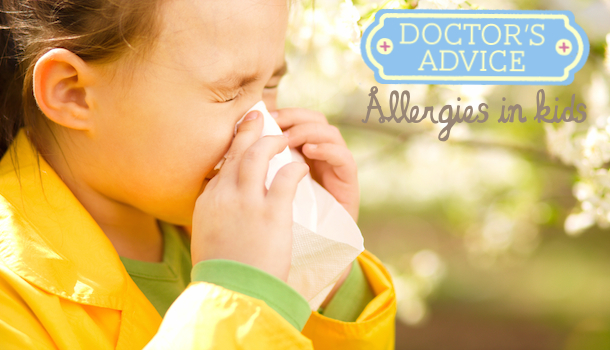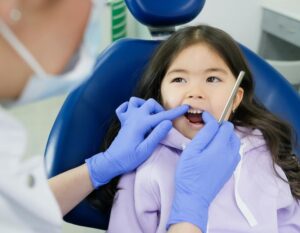
While childhood allergies appear to be on the rise, many mamas are still in the dark about what causes an allergic disorder and how it can be prevented in their children. To find out more, we spoke to the friendly Dr. Cheryl Kam to get her advice about this common condition and what a mama can do to help her child.
What is an allergic disorder?
The immune system’s job is to react to foreign and harmful substances, keeping them out of our bodies. However in 20% of people the body abnormally reacts to harmless substances found in the environment or in food. This is known as a hypersensitivity reaction, or more commonly, an allergic disorder.
Types of allergic disorders
1. Allergic rhinitis and the seasonal variant known as hay fever
2. Eczema (atopic dermatitis)
3. Asthma
4. Hives
5. Severe allergy reaction (Anaphylaxis)
The most common type of hypersensitivity reaction is the Type 1 immediate antibody reaction that causes hay fever, eczema, and allergic asthma.
Less common but dangerous are when these Type 1 reactions cause a more severe syndrome of hives, swelling of the lips and throat, and difficulty breathing, escalating into a life threatening situation. Severe allergic reactions like this can develop within seconds and are known as anaphylaxis. If this is suspected, immediate admission to the nearest emergency department is a must.
Peanuts are one of the most common causes of food-induced anaphylaxis.
Common allergens that cause immediate hypersensitivity
1. Inhalants – pollens, animal dander, house dust mites, mould, spores, or cockroaches
2. Foods – peanuts, fish, shellfish, milk, eggs, or wheat
3. Other – specific drugs, latex, insect venoms, work or industry related products
How are allergic conditions diagnosed?
Once a doctor has taken a full history and examined the patient; he or she will be able to decide whether the reaction is an allergic disorder. If so, they will help identify the offending allergens, if any, and create a treatment and prevention plan.
There are some situations where a test is required to confirm diagnosis and your doctor can advise you best on which is most appropriate for you or your child’s situation.
Allergy tests
1. Skin-prick testing – where a small amount of allergen is applied onto the skin and a reaction is documented.
2. Challenge testing — useful for diagnosing food allergies, by removing a food from the diet for several weeks, before reintroducing the food again and watching for symptoms.
3. A Blood test for specific antibodies – used when skin testing is not appropriate.
4. Patch testing — appropriate for contact dermatitis
It is interesting to note that 40% of people with allergic disorders have inherited it from their parents – this is referred to as atopy. People with atopy have an increased risk of an allergic disorder such as allergic rhinitis, asthma, atopic dermatitis or gastric reactions from food allergies.
What can be done to prevent allergic conditions in children who are at increased risk?
Studies have shown that exclusive breastfeeding for at least 4 months may help reduce the incidence of allergic disorders in children. If breastfeeding is not possible in these children, hydrolysed (hypoallergenic) formulas have also been shown to help prevent allergic disorders, including cow’s milk allergies. It’s interesting to note that using goat’s milk or soymilk doesn’t appear to have an effect on preventing the development of allergies in children.
Delaying the introduction of solids until a child is 4 to 6 months of age has been shown to help, but keep in mind there is no need to delay the introduction of high-risk foods such as peanuts, milk or eggs beyond the age of 4 to 6 months. On the contrary, when introduced later than 6 months of age, there may be a higher chance of allergies in these children.
Pregnant or breastfeeding mums need not cut out peanuts, cow’s milk, soya milk or eggs from their diet as it hasn’t been proven to reduce allergic disorders in babies.
All in all, allergies are often poorly understood, and admittedly in the medical sphere it remains a big topic of discussion with some grey areas. I hope to have shed some light on the subject, to better equip you for a meaningful discussion with your own healthcare provider.






 View All
View All




 View All
View All










 View All
View All








